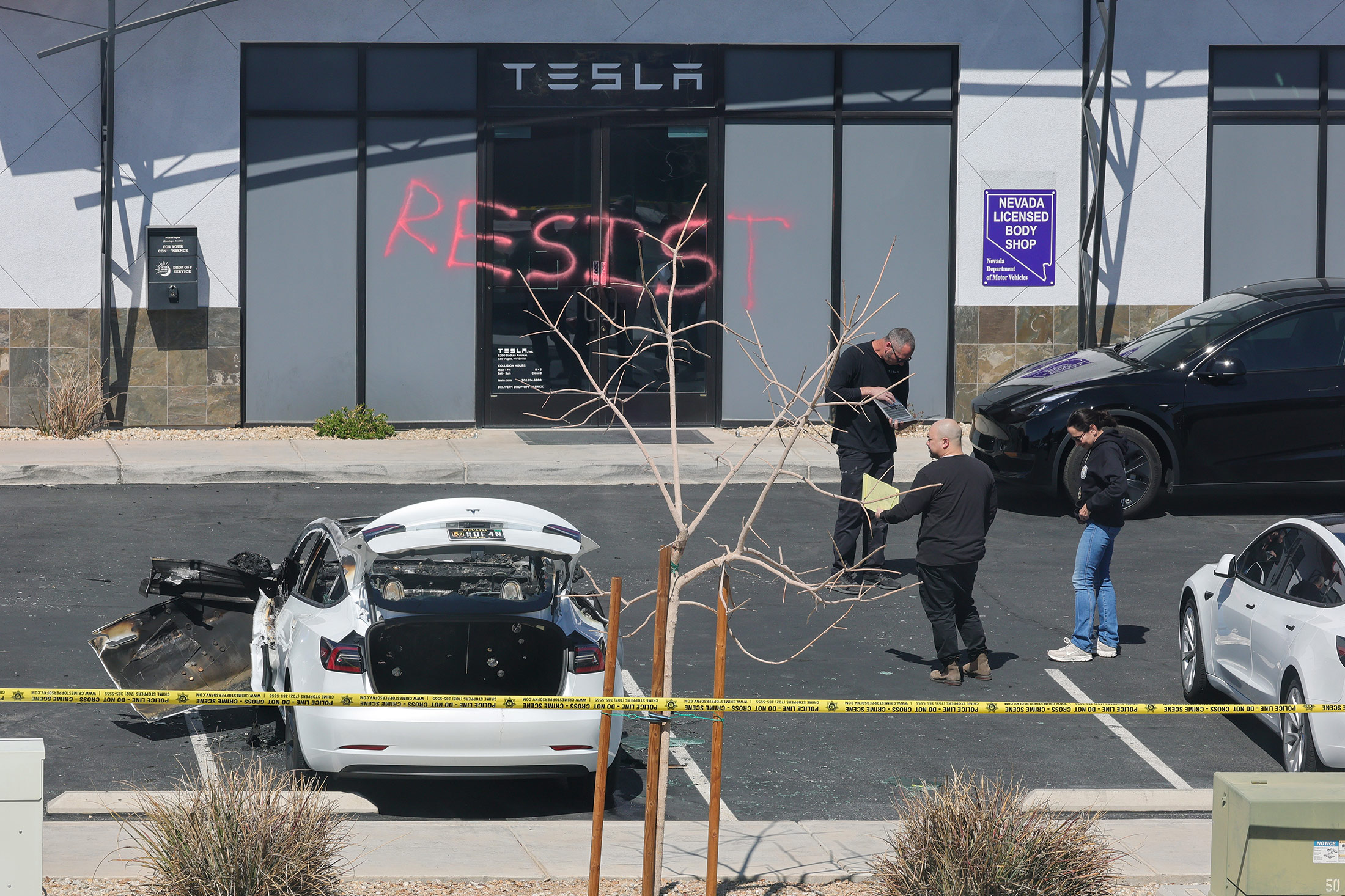A year ago and far away from his hometown in New Hampshire, Alex Haas was fighting for his life after suffering burns to over 90 percent of his body at a water park party in Taiwan.
A flammable, colored powder was sprayed from a stage onto the audience of college-age people dancing in a drained pool. In an instant, the powder turned into a fireball that scattered burning dust onto Haas and many others. Investigators believe it came into contact with intense heat from the stage lighting and ignited.
Nearly 500 people were hurt on June 27, 2015. Fifteen of them died. Since then, the party organizer was sentenced to nearly five years in jail. Most of the wounded are out of the hospital but need rehabilitation for physical and emotional scars, and a new burn treatment center is opening for them Monday. A memorial concert is also planned Sunday in Taiwan.
Haas, who was in Taiwan teaching English, was believed to be the only American injured. Covered in bandages, he was in a medically induced coma for two weeks in a Taipei hospital. His family flew from the small town of Mont Vernon to be with him and feared for the worst.
Today, his scars are healing, and he has regained most of his mobility. He can drive a car, walk his dog and work on his art projects.
“I feel like I’m well on my way to being back to me again,” Haas, 27, said in a recent interview at his home.
Haas remembers the day of the fire at the Formosa Fun Coast Park vividly: stepping into the dust, which kept re-igniting; his hair and beard catching on fire; running away.
He suffered burns to his hands, underarms, torso, knees, legs and feet. Slowly, he started to improve. After two months, he was able to return to the United States, but he still needed lots of care to help with his wounds and movement.
He has had at least a dozen surgeries, including rounds of laser treatments for scars; he started those in December at Massachusetts General Hospital.
“A lot of the pain’s been going away,” he said.
Among those impressed with his recovery is Dr. Henry Lin, director of the new Burn Rehabilitation and Post-Acute Care Center of New Taipei City Hospital, which was built by the city government to help the victims with their recovery.
“He can do everything by himself,” Lin said in an email. “I think the original acute care hospital in Taiwan, the continuous care hospital (in Massachusetts) and the local hospital who provided daily physical therapy all did wonderful jobs!” Good family and social support, combined with Haas’ optimism, also helped, he said.
Lin recently visited Haas while spending time at various burn care centers in the United States, including the Johns Hopkins Burn Center in Maryland. His center and Johns Hopkins have agreed to establish a clinical, academic and educational collaboration. Last year, Johns Hopkins visited 12 hospitals across Taiwan after the fire and returned this year to focus on the patients’ rehabilitation.
In Taiwan, a judge said party organizer Lu Chung-chi failed to take precautions to prevent the explosion. The National Health Insurance Administration sued him, seeking $14 million in compensation.
Haas’ family has been following the victims’ recovery, such as a teenage girl who was in the room next to him in the ICU. They sent her a care package.
“Repairing the emotional burden of this tragedy is another task altogether and one that deserves our attention,” they posted on Facebook. “We have all, victims family and many others been affected deeply by this tragedy and have been down a horrific road.”
(Associated Press journalist Johnson Lai in Taipei, Taiwan, contributed to this report.)
Was this article valuable?
Here are more articles you may enjoy.

 What Claims Pros Must Know About Small Businesses’ Insurance Blind Spots
What Claims Pros Must Know About Small Businesses’ Insurance Blind Spots  Tesla Showroom Strikes, Vandalism Sparked by Fury Against Musk
Tesla Showroom Strikes, Vandalism Sparked by Fury Against Musk  Auto Insurer Fined for Data Breach That Impacted 45K New Yorkers
Auto Insurer Fined for Data Breach That Impacted 45K New Yorkers  Family of Canadian CEO Killed in Helicopter Crash Files $35 Million Lawsuit
Family of Canadian CEO Killed in Helicopter Crash Files $35 Million Lawsuit 